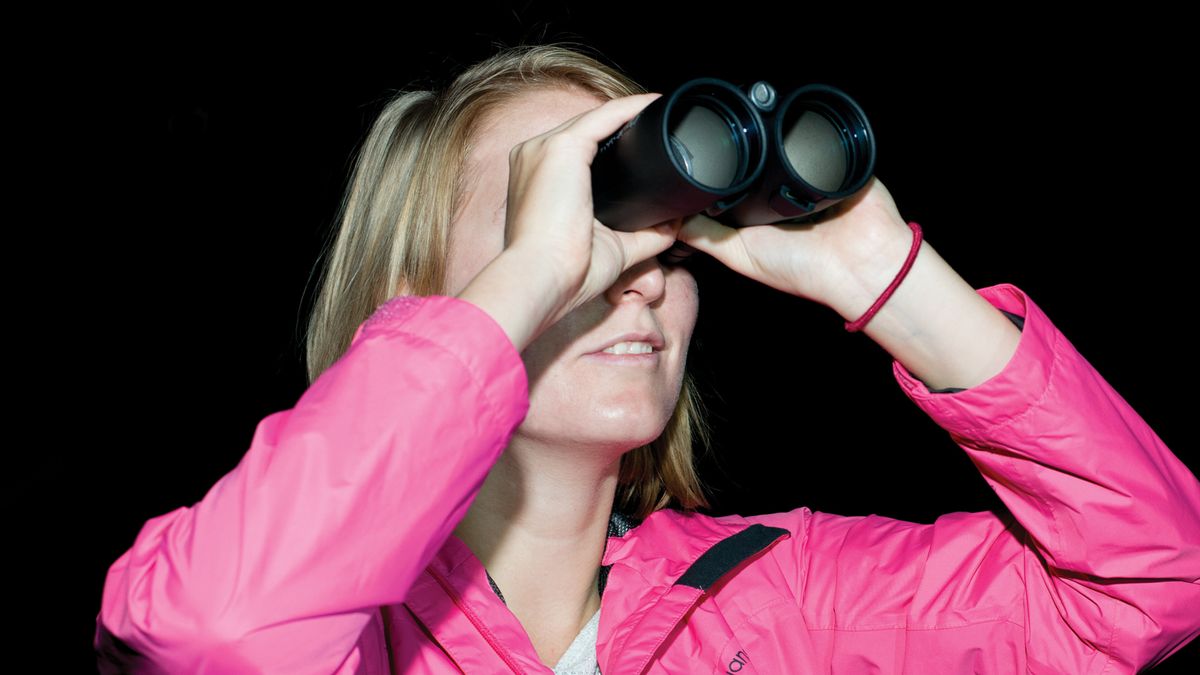Top Eyepieces for Telescopes: Finding Your Perfect Match
Diving into the realm of astronomy and astrophotography, selecting the top eyepieces for telescopes is essential to enhance your viewing experience. As a seasoned photographer, you understand that having the right equipment is vital for capturing breathtaking images of celestial phenomena. Whether your focus is on planets, star clusters, or far-off galaxies, the right eyepiece can dramatically influence the sharpness and detail of your views.
In this comprehensive guide, we will explore the different eyepiece types, their characteristics, and how to select the one that best suits your needs. Our goal is to empower you to make well-informed choices that will lead to awe-inspiring photographs of the night sky.

Getting Acquainted with Eyepiece Fundamentals
Before selecting the top eyepieces for telescopes, it's crucial to grasp the mechanics behind how eyepieces operate. An eyepiece is essentially the lens you gaze through after the light has passed through your telescope. It magnifies this light, creating a more expansive view of the celestial objects in your sight. Here are some vital components to keep in mind:
Focal Length
The focal length of an eyepiece is what defines its magnification capabilities. Short focal lengths yield higher magnifications, while longer ones produce lower magnifications. For example, a 10mm eyepiece magnifies more than a 25mm eyepiece. As photographers, it's important to find a balance between focal length and field of view to capture an expansive view of celestial entities while still ensuring clarity.
Field of View
The field of view is a significant factor when selecting the top eyepieces for telescopes. This aspect indicates how much sky you can observe through the eyepiece. A wider field of view is particularly advantageous for tracking moving objects, such as planets or the International Space Station. Typically, eyepieces with increased focal lengths tend to offer wider fields of view.
Varieties of Eyepieces
There is a range of eyepiece types designed for various observing preferences. Heres a breakdown of some popular options:
Plssl Eyepieces
Plssl eyepieces are widely regarded as some of the top eyepieces for telescopes due to their adaptability. They deliver excellent image quality across the entire field and come in numerous focal lengths. With a design comprising four glass elements, they provide an impressive apparent field of view of up to 50 degrees. Many photographers favor Plssls for their ability to produce sharp imagery.
Orthoscopic Eyepieces
Featuring a design incorporating four optical elements, orthoscopic eyepieces ensure enhanced detail resolution and color accuracy. While they generally have a narrower field of view compared to Plssl eyepieces, they excel at reducing distortion, making them superb for planetary observations and precise imaging tasks.
Wide Angle Eyepieces
Wide-angle eyepieces offer broad fields of view, making them ideal for observing vast star fields or expansive nebulae. Their fields can range from 68 degrees to over 100 degrees, granting you an immersive experience of the sky above. Although these eyepieces often come at a steeper price, the spectacular views they provide can justify the cost for dedicated photographers.
Selecting the Ideal Eyepiece
Now that youre familiar with the basics, here are several considerations to keep in mind while searching for the top eyepieces for telescopes:
Telescope Compatibility
It's essential to ensure that the eyepiece you choose aligns with your telescopes design and specifications. Elements such as diameter, threading, and optical format all matter. For example, not every eyepiece suits every telescope model. Some telescopes are compatible with standard 1.25' or 2' eyepiece fittings, while others require more specialized options.
Budget Considerations
As a committed photographer, investing in quality gear is paramount. Nevertheless, there are many budget-friendly options available that still deliver exceptional performance. You don't have to spend excessively to obtain high-quality optics. Conduct thorough research and read reviews to find eyepieces that meet your budget while providing crisply detailed images.
Personal Preferences
Your individual preferences will heavily influence your eyepiece selection. Attend local astronomy clubs or visit stores to test out various eyepieces, determining what feels the most comfortable and delivers the most visually satisfying images for your style. Pay attention to factors like light transmission and eye relief.
Conclusion
Selecting the top eyepieces for telescopes extends beyond simple specificationsit's a chance for personal exploration as you engage with the wonders of the cosmos. As you try different eyepieces, keep in mind that your unique perspective will influence how you perceive the universe. Whether your passion lies in astrophotography, casual stargazing, or a mixture of both, the right eyepiece can make a world of difference. For more insights into camera setups, visit our post on setting up mirrorless cameras.
Frequently Asked Questions
1. Which eyepiece is best for astrophotography?
Wide-angle eyepieces are preferred for astrophotography because they offer expansive fields of view, capturing more of the celestial canvas.
2. How can I confirm an eyepieces compatibility with my telescope?
Review the specifics of your telescope regarding eyepiece diameter and threading; most telescopes will indicate whether they accommodate 1.25' or 2' eyepieces.
3. Is it worth investing in premium eyepieces?
If you aim for exceptional clarity and quality in your astrophotography, investing in high-end eyepieces can be advantageous.

Additional Resources
To learn more about optical basics, check out this informative article on optical principles that can enhance your understanding.
For more tips on camera accessories, discover camera bag essentials to efficiently carry your gear.
If youre interested in learning how to transfer your footage, check out our guide on transferring video for seamless editing.

